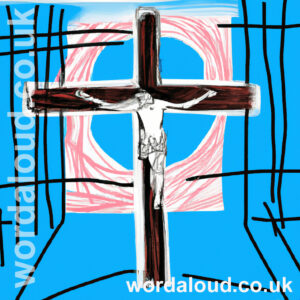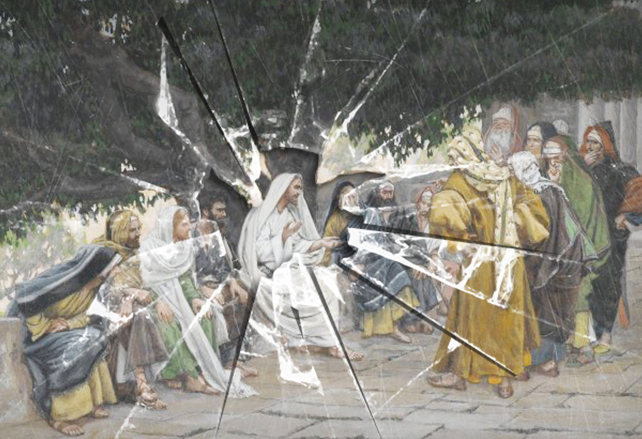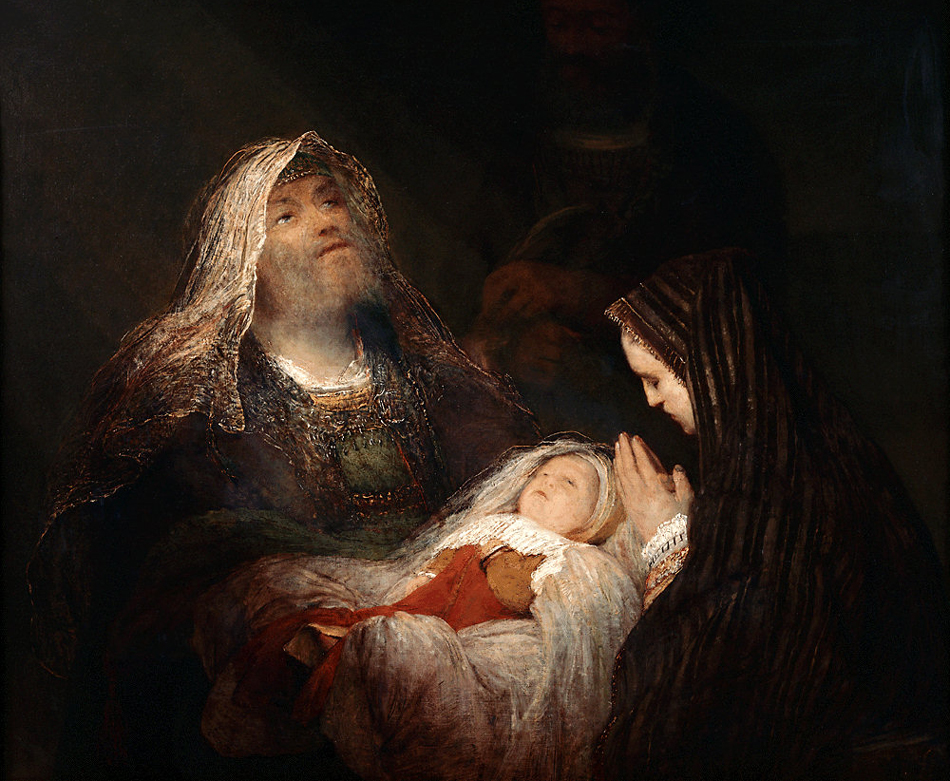Christian Art | George Herbert | Sepulchre | The Church | Church Monuments
George Herbert | The Temple | The Church | Church Monuments
While that my soul repairs to her devotion,
Here I intombe my flesh, that it betimes
May take acquaintance of this heap of dust;
To which the blast of deaths incessant motion,
Fed with the exhalation of our crimes,
Drives all at last. Therefore I gladly trust
My bodie to this school, that it may learn
To spell his elements, and finde his birth
Written in dustie heraldrie and lines;
Which dissolution sure doth best discern,
Comparing dust with dust, and earth with earth.
These laugh at Jeat, and Marble put for signes,
To sever the good fellowship of dust,
And spoil the meeting. What shall point out them,
When they shall bow, and kneel, and fall down flat
To kisse those heaps, which now they have in trust?
Deare flesh, while I do pray, learn here thy stemme
And true descent; that when thou shalt grow fat,
And wanton in thy cravings, thou mayst know,
That flesh is but the glasse, which holds the dust
That measures all our time; which also shall
Be crumbled into dust. Mark here below
How tame these ashes are, how free from lust,
That thou mayst fit thy self against thy fall.
![]()

George Herbert | The Temple | The Church | Church Monuments
The poem meditates on mortality, the ephemeral nature of the human body, and spiritual preparation required for the inevitability of death. Herbert, addressing the relationship between the soul and body, deliberately ‘entombs’ the flesh in acknowledgment of its temporal nature, using the act as an opportunity to reflect on its destiny: to return to dust. This act of entombment is not literal but symbolic, serving as a lesson in humility and a call to align oneself with a spiritual reality that transcends physical existence.
The first stanza establishes the central imagery of death as an inevitable force driven by ‘the blast of death’s incessant motion’, fueled by humanity’s sins. This motion is both relentless and impartial, reducing all to dust. By entrusting his body to ‘this school’ of the grave, Herbert portrays the burial site as a place of instruction, where the body learns its elemental nature and final destination. This idea reflects a deep theological conviction about the nature of life and death—one in which dissolution is not an end but a process of understanding one’s origin (‘dust with dust, and earth with earth’).
The second stanza juxtaposes this humble reckoning with vanity of human efforts to immortalize ourselves through material monuments. Herbert critiques markers like ‘jet’ and ‘marble’, which attempt to distinguish and preserve the ‘good fellowship of dust’. These human constructs, meant to create lasting distinctions, ultimately fail in the face of mortality, which unites all in the equality of death. The rhetorical question, ‘What shall point out them,’ emphasizes the futility of these markers when the dead bow together before the Creator.
The final stanza shifts in tone, addressing the body directly as ‘dear flesh’ and imploring it to learn its true nature. The flesh, described as ‘the glass, which holds the dust’, serves as a metaphor for the temporality of human existence. The body reflects the measure of time, yet it too will crumble. This imagery ties the inevitability of physical decay to the moral necessity of preparation, urging the body to conform to the tame and lust-free state of the ashes it will eventually become. By contemplating the ashes’ peaceful and humble condition, Herbert suggests that the body must shed its cravings and pride to align itself with divine purposes.
The poem explores spiritual imperative of understanding and accepting transience of the body while preparing the soul for eternal life. The entanglement of the physical and spiritual realms is underscored throughout, with Herbert seeking to teach the body the lessons of mortality so it may harmonize with the soul’s pursuit of divine union. This dual emphasis on humility and readiness reflects the poet’s broader theological concerns about sin, grace, and redemption.






